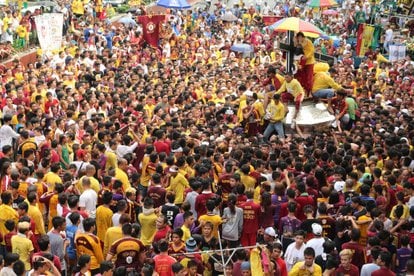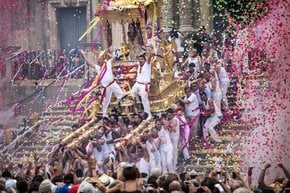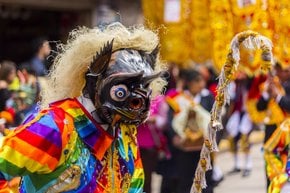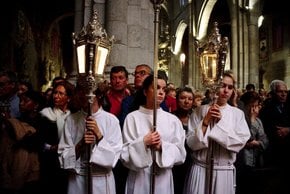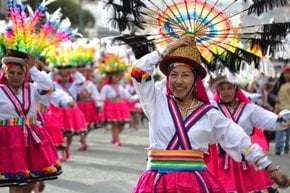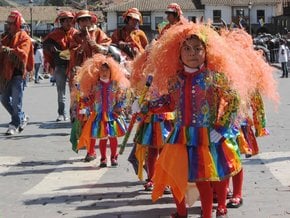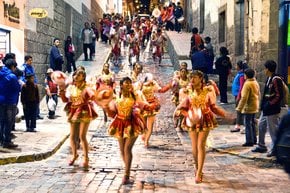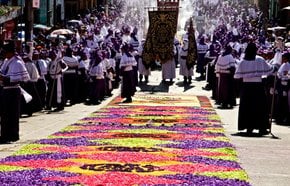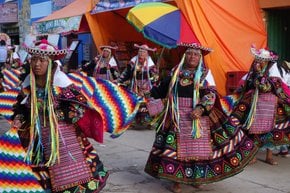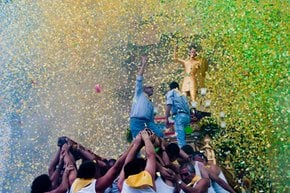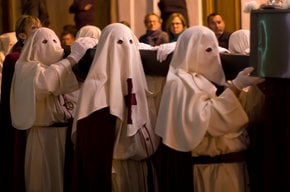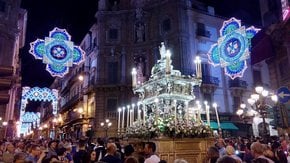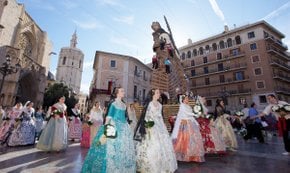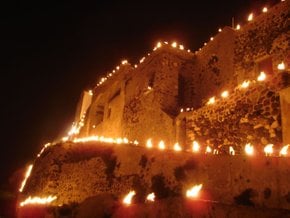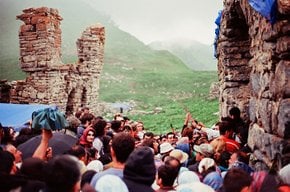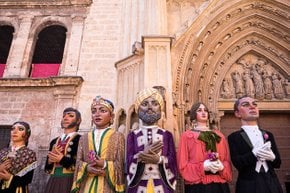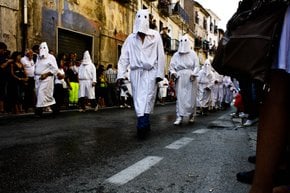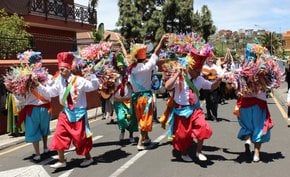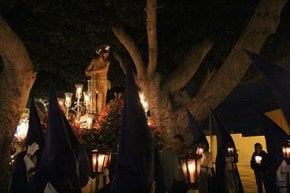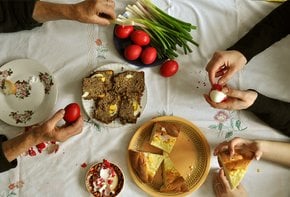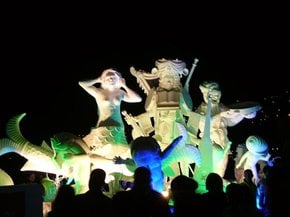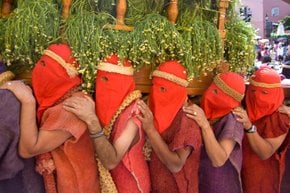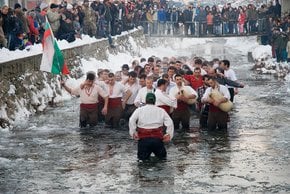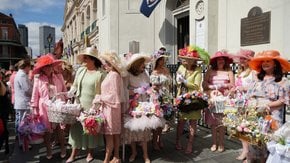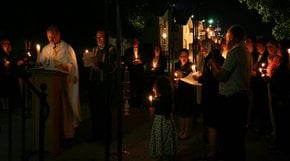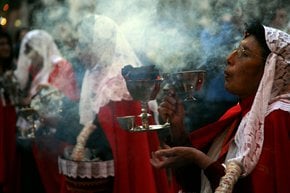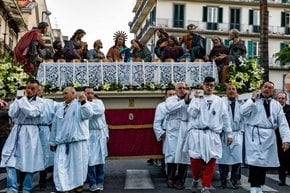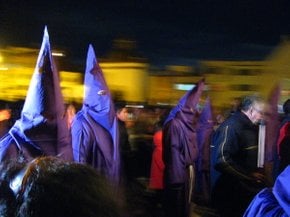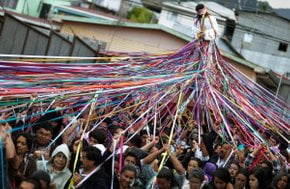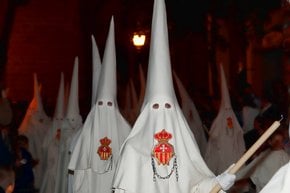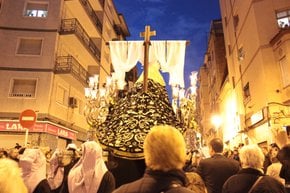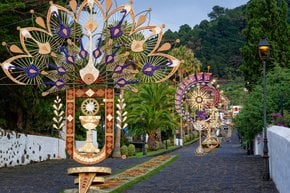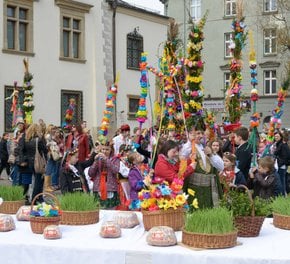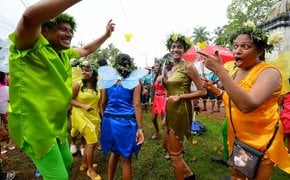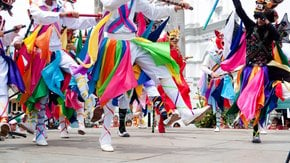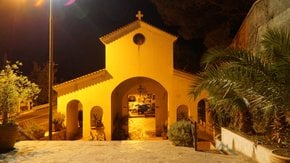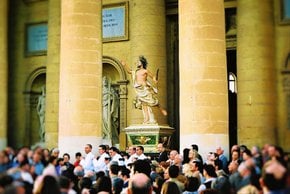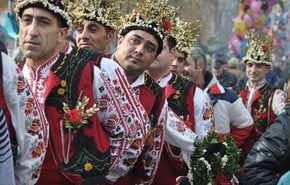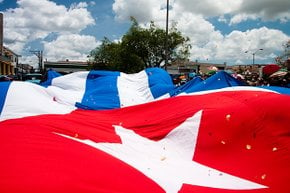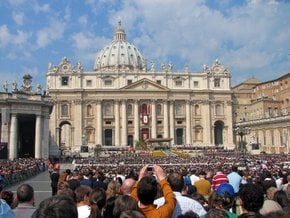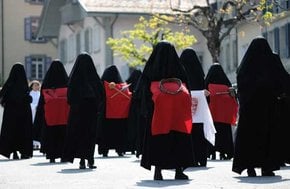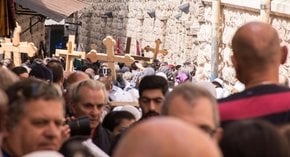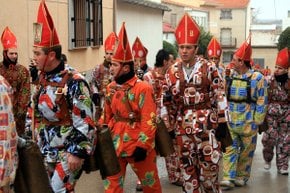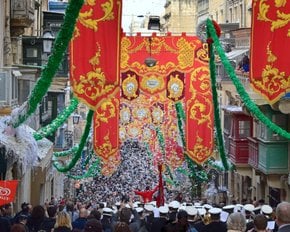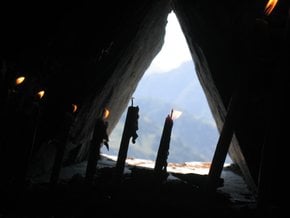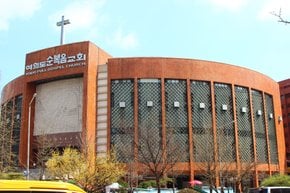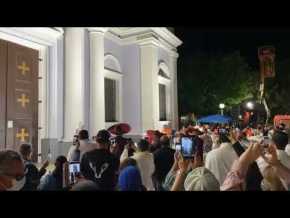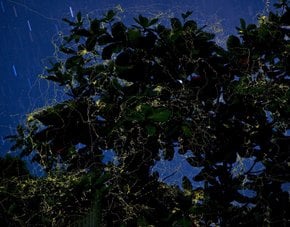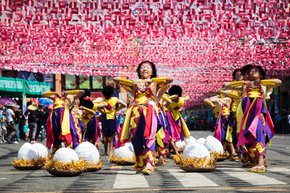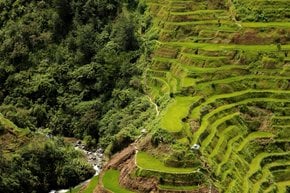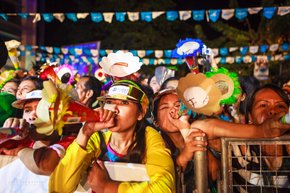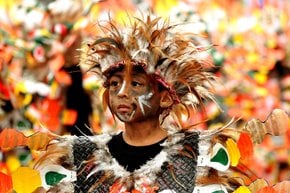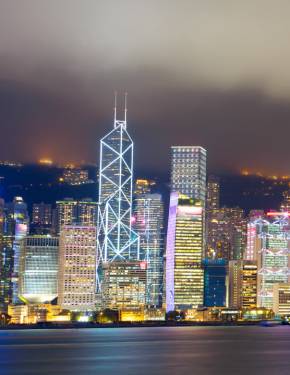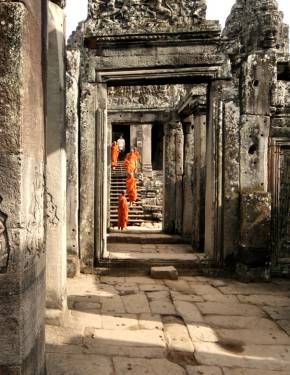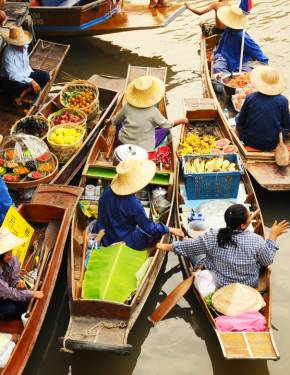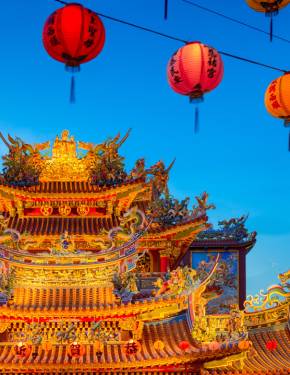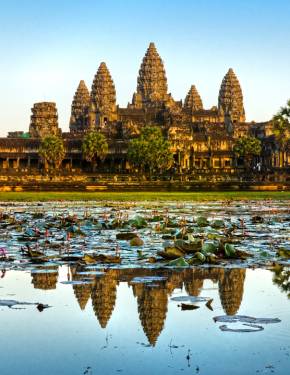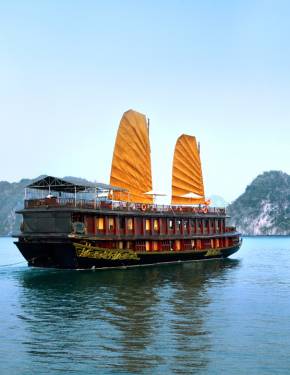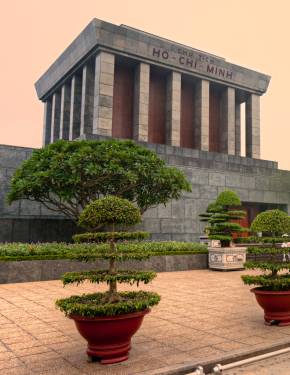Quiapo Fiesta: Feast of the Black Nazarene 2026 in Philippines
A 22-hour procession is believed to heal and give miraculous powers
Dates: January 9
The Feast of the Black Nazarene, also known as Quiapo Fiesta, is one of the most significant religious events in the Philippines, attracting millions of devotees. Held annually on January 9 in the Quiapo district of Manila, this festival honors the Black Nazarene, or Hesus Nazareno, a full-sized statue of a dark-skinned statue of Jesus Christ carrying the cross. The event is known for its massive procession, where the statue is paraded through the streets, drawing devotees from across the country.
Procession and Activities
The statue is taken out of the church and paraded through the streets three times a year: during a solemn procession or translation on January 9, on Good Friday, and on New Year's Eve. The highlight of the Quiapo Fiesta is the Traslacion. The procession begins at Rizal Park, where thousands of devotees gather for an overnight vigil on January 8. The atmosphere is filled with prayers, chants, and hymns as people prepare for the next day's solemn event. The procession typically starts after a morning mass, with the statue of the Black Nazarene placed on a carriage known as the "andas." The route spans 4 miles (6.5 km) and can take up to 22 hours to complete due to the sheer number of people participating.
During the procession, devotees often walk barefoot to symbolize humility and a desire to emulate the suffering of Christ. The statue of Jesus is dressed in a maroon and yellow cape, prompting many to wear similar colors. Devotees known as Hijos del Nazareno (Sons of the Nazarene) are authorized to ride on the carriage, assisting others in touching the statue. They wipe the statue with a cloth and toss it to the crowd. Filipino Catholics believe the Black Nazarene statue possesses miraculous powers, capable of granting wishes and healing ailments like cancer.
Schedule and Program
The Quiapo Fiesta starts with novena masses held nine days before the main event, beginning on December 31. On January 8, a vigil at Rizal Park marks the official start of the celebration, leading up to the procession the following day. Masses continue throughout the day at Quiapo Church, with the last mass often held in the evening after the procession concludes.
For those unable to enter the church, the organizers provide large outdoor screens, allowing participants to follow the proceedings. The entire event is also broadcast live on social media, ensuring that even those unable to attend in person can join the celebration remotely.
Ticket Prices and Parking
Admission to the Quiapo Fiesta is free, as it is a religious event. Parking is available in designated areas around Rizal Park and Quiapo Church, though spaces are limited, and public transportation is recommended. Many streets in the Quiapo district are closed during the event, so visitors should plan accordingly.
Location and Infrastructure
The festival takes place in the Quiapo district of Manila, with the procession route starting from Rizal Park and ending at the Minor Basilica of the Black Nazarene (Quiapo Church). The church is a significant religious site, attracting devotees year-round. Manila’s public transportation system, including jeepneys, buses, and light rail, provides easy access to the area. For those interested in exploring the surrounding area, nearby attractions include Intramuros, Manila’s historic walled city, and the Manila Baywalk.
History of the Black Nazarene
The statue of the Black Nazarene dates back to the early 1600s, when it was brought to Manila by Spanish missionaries from Mexico. Carved from mesquite wood, the statue depicts Jesus carrying the cross on his way to crucifixion. Over the centuries, the statue has survived several disasters, including fires and earthquakes, leading many to believe in its miraculous powers. The annual Traslacion commemorates the transfer of the statue from its original location in Intramuros to Quiapo Church in 1787.
Over time, the feast has evolved into one of the largest religious gatherings in the world, with millions of devotees participating each year. Despite the physical challenges posed by the long and crowded procession, the event remains a symbol of faith and resilience for Filipino Catholics.

